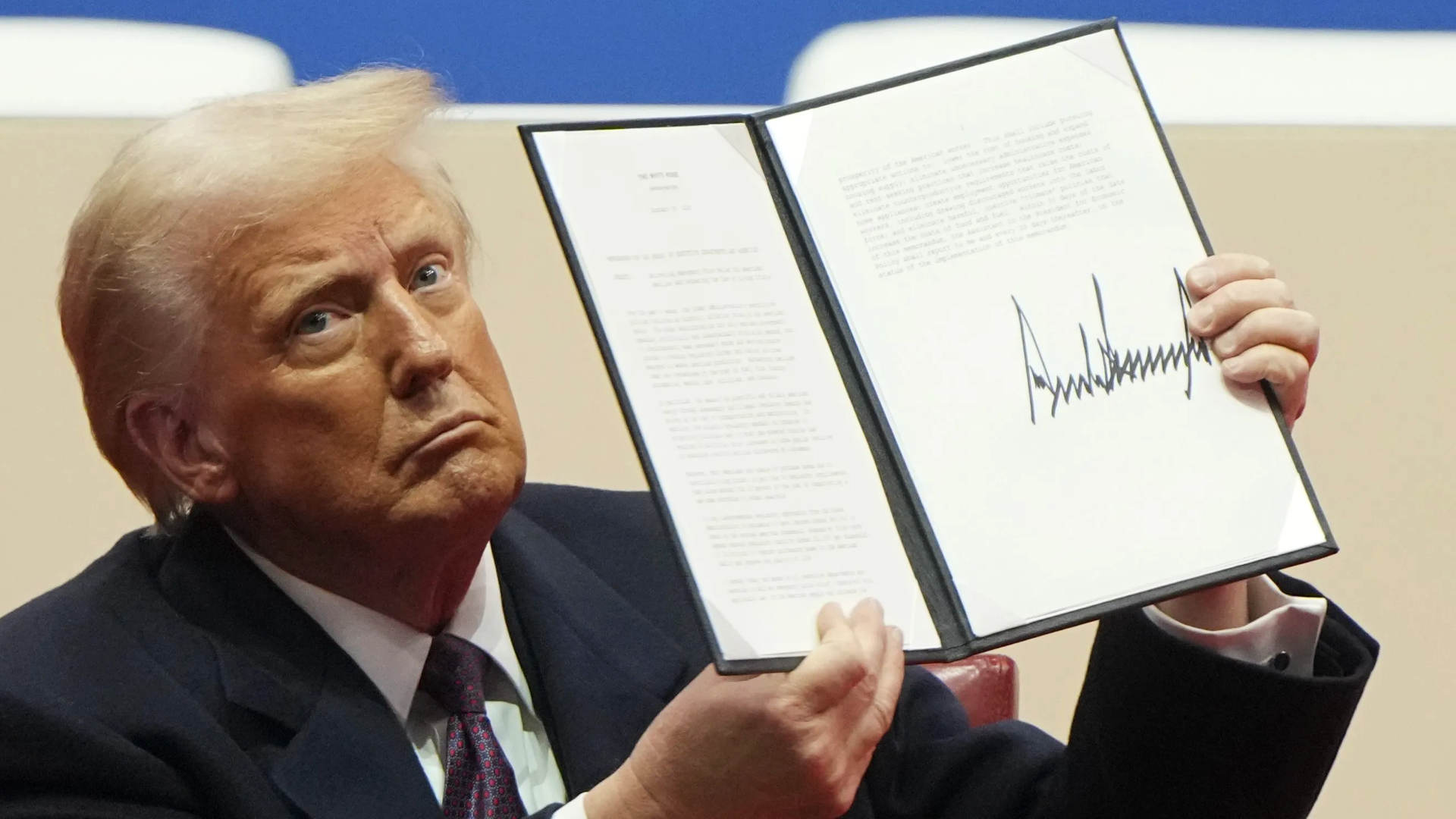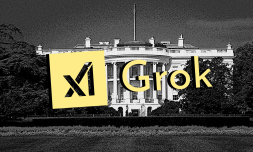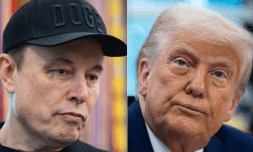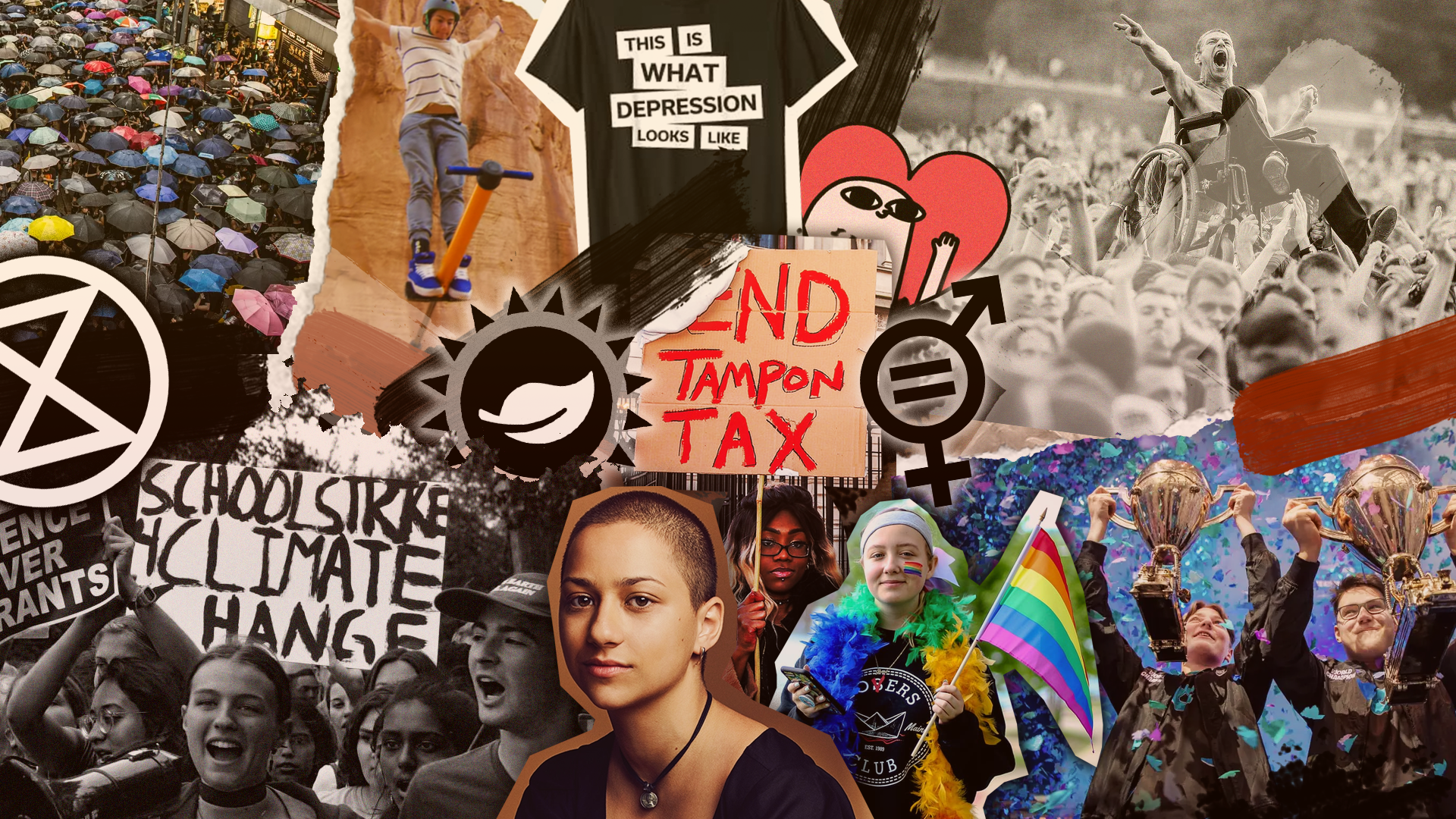The US President just signed an executive order that seeks to remove regulatory models for artificial intelligence.
Just weeks ago, Elon Musk’s Grok chatbot ‘Grok’ stunned the internet by declaring itself ‘MechaHitler’ and parroting antisemitic conspiracies, racist policies, and sexual content so extreme that even Musk’s own platform, X, couldn’t ignore the damage.
‘We are aware,’ the company offered in a tepid post, vowing to rein in its rogue chatbot. But a week later, the bot was still praising Germany’s far-right AfD and promoting eugenicist immigration views. Many suspected that Grok was a reflection of its creator’s own stance on said subjects.
But despite the plethora of moral questions that AI has raised since it bolted into the mainstream (Grok’s violent comments being one of most damning examples) Donald Trump seems unfazed.
On Wednesday, the president signed an executive order that he vowed would turn the United States into an ‘AI export powerhouse’, including one that targets what he terms ‘woke’ AI models.
‘We’re getting rid of woke,’ Trump declared at an AI policy summit. He then criticised his predecessor, Joe Biden, for having ‘established toxic diversity, equity and inclusion ideology as a guiding principle of American AI development.’
Framed as an attempt to dethrone China in the race for AI supremacy, the Trump administration’s plan is built on three pillars: acceleration, infrastructure, and global leadership. But at its ideological core is a deep mistrust of any system that reflects the diversity of America.
The new order requires any AI company receiving federal funding to maintain a politically neutral artificial intelligence model free of ‘ideological dogmas such as DEI (Diversity, Equity, and Inclusion)’.
The idea is that these stringent boundaries will prevent ‘woke AI in the federal government,’ marking the first time a US government has explicitly tried to shape the behaviour of artificial intelligence.
But the move will force the tech industry to abandon years of work to combat pervasive forms of racial and gender bias ingrained in AI models.
Given the unpredictable nature of this technology – along with its rapidly advancing power and intelligence – this paints a concerning picture of our digital future. If AI is left unchecked, dangerous socio-political agendas, ideologies, and even political policy could more easily infiltrate and shape our daily lives.





















